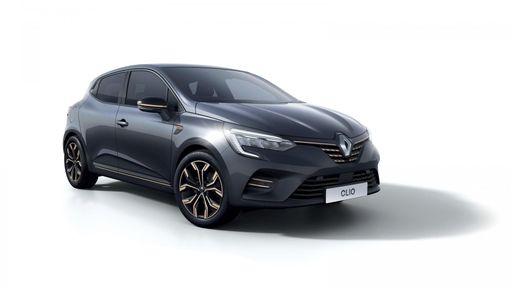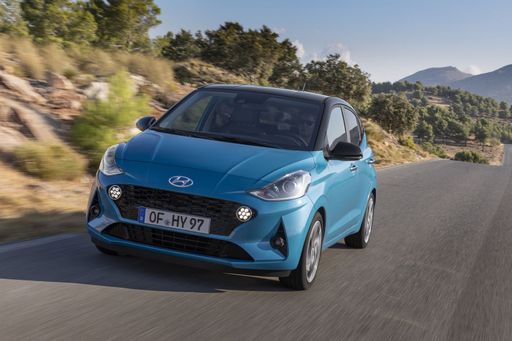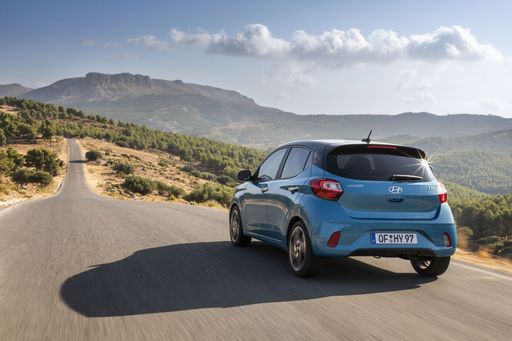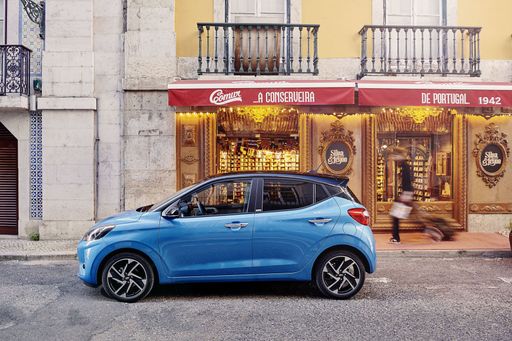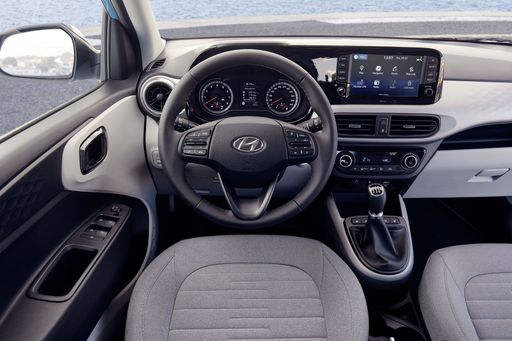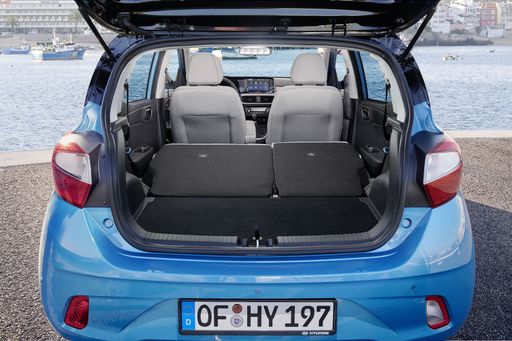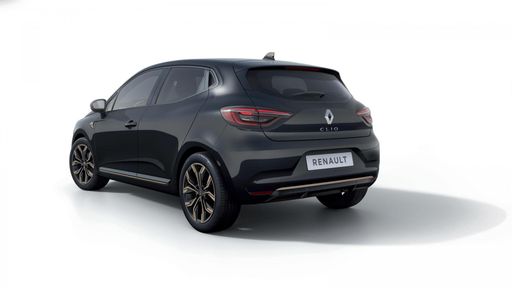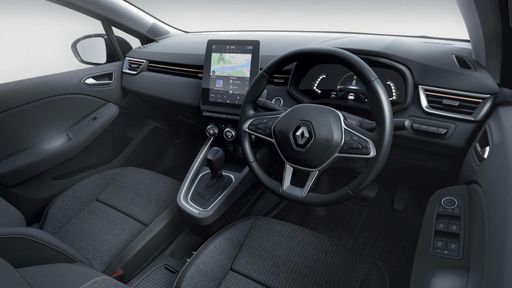Hyundai i10 vs Renault Clio: A Comprehensive Comparison
In the increasingly competitive hatchback market, the Hyundai i10 and Renault Clio stand out as notable options for urban drivers seeking style, efficiency, and performance. While both cars embody the virtues of modern city mobility, they diverge in various aspects such as technical specifications, design innovations, and overall driving experience. This comparison sheds light on how these two vehicles stack up against each other.

